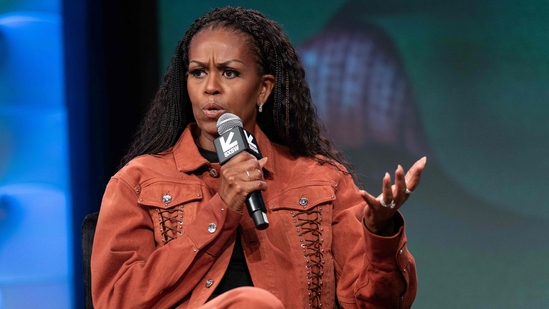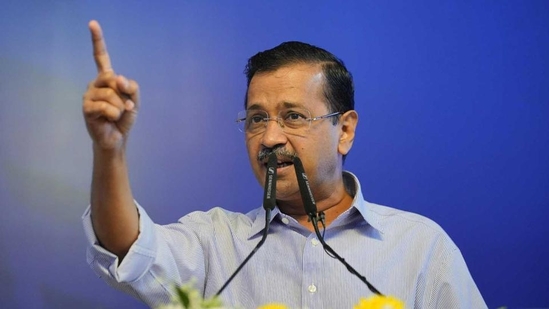School districts all across the United States are facing a tough choice like many colleges and universities: Either let the government control what they teach or stand up for themselves and risk losing money from the federal government. Harvard and Columbia took different paths, but one lesson is clear: they need to fight back.
The Trump administration has been tricky to negotiate with. Each time schools try to discuss issues, the government changes its demands. After negotiating with Harvard for a while, the government sent a letter with outrageous demands. They wanted Harvard to share private information about hiring and admissions, change the university’s operations to push certain viewpoints, and limit the influence of students and faculty whose views didn’t match the administration’s preferences.
The government claimed it was defending students from unfair treatment, but it’s clear that their main goal is to control what happens in education. For example, just a week earlier, the Department of Education sent letters to school superintendents requiring them to cut any programs focused on diversity, equity, and inclusion or lose funding.
Federal funds help pay for things like schools for low-income students and programs for kids with disabilities. But now, the government is threatening to take away the money if schools continue these programs, without saying exactly what would be considered illegal practices.
If the government truly cared about fairness and civil rights, they could investigate schools for real violations of laws and allow them to correct any problems. Instead, they’re trying to control education by telling schools what to teach and who to hire. This could lead to schools silencing ideas, banning books, and cutting programs they don’t agree with.
At first, many schools were scared to take a stand because they rely on federal funding. But they soon realized that cooperating wasn’t getting them any real benefits. Columbia University learned this after it tried to negotiate for $400 million in government help. They allowed the government to meddle in their Middle Eastern studies program, but then the government demanded even more.
Harvard, on the other hand, decided to hire lobbyists to assist them. They cooperated when the demands seemed reasonable but didn’t back down when the requests became excessive. Harvard President Alan W. Garber emphasized that no government should control what universities teach or how they operate.
In retaliation, Trump’s administration threatened to cut $2.2 billion in federal aid to Harvard, with more funds at risk afterwards. They even considered taking away the university’s tax-exempt status. Harvard, which has a huge $53 billion endowment, is prepared to fight back legally.
Now, K-12 schools are facing the same dilemma: bow to the pressure to keep their funds or fight back, knowing it may cost them. Eleven states led by Democratic governors have refused to comply with the government’s demands, while sixteen others have said they will.
Education leaders are speaking out against these federal actions, saying they threaten free speech and fairness. For example, one superintendent pointed out that equity, which helps all students succeed, should not be seen as a threat.
Educators like Washington State Superintendent Chris Reykdal are questioning the government’s right to demand these things from schools. He made it clear that they will not accept demands that take away their power to run their own schools.
This funding struggle may move to court soon, with the government likely continuing to issue more letters. But Harvard and state leaders are showing a strong message: it might be tough to fight back, but giving in is even worse.
US Schools Face Control: Will They Fight for Their Independence?





Leave a Reply